Cha Moods: bridging artistic contemporaneity and tradition
- Lorela Lohan
- Jul 31, 2024
- 6 min read
Updated: Aug 23, 2024
While attending the Amsterdam Coffee Festival this Spring, I met Yang, the visionary founder behind Cha Moods and her premium full-leaf loose transformative teas. Yang brewed four teas gong-fu-cha with a curated gesture while curious visitors approached our stand. When brewing gong-fu-cha, Yang divulges a calm presence while letting the audience admire and savour the subtlety of tea. We were hosted by the European Speciality Tea Association via which we had the pleasure to meet as members. We conducted this interview online at the beginning of the month.
While revisiting our conversation, I was struck by the energy it exuded: Yang and I share the same vision about tea and its intrinsic connection with art: best quality outsourced from the local farmers and appreciation.
"Just like fine art, tea is an art form that requires knowledge
and appreciation to enjoy fully".
Yang Ping, Founder Cha Moods
Yang Ping, Founder of Cha Moods
Introduction:
After leaving China, Yang and her at-the-time tea partner, Chenlin, faced the challenge of sourcing high-quality loose-leaf tea in Europe. Yang started sharing tea with friends in Switzerland and the Netherlands with her mother's assistance who sent her the freshest Pre-Qing-Ming Spring tea selection, garnering significant appreciation. This support from friends and her then-boyfriend ignited her entrepreneurial spirit, leading to the creation of Cha Moods.
Tea Sourcing Pre Qing Ming, West Lake Long Jing in Hangzhou, 2023
What was the turning point and the decisive event that officially made you start your business?
Yang: The COVID-19 pandemic was a pivotal moment for me. It made me reconsider my career path and inspired me to pursue my entrepreneurial and artistic passions. If I switched to a competitor, my previous job (financial trader) required a one-year hiatus, so I decided to channel my energy into starting Cha Moods.
What main differences do you find between the tea culture in China and Europe?
Yang: From my experience, in the Netherlands, consumers are accustomed to scented loose-leaf tea and tea bags and often haven't been exposed to the pure flavours of camellia sinensis, either green, oolong, or black tea. There is also a common confusion between botanical infusions and tea, indicating a lack of proper tea education. In China, tea is part of everyday culture, usage and a token of gratitude: we drink tea as we would water. At the same time, we value the pure flavours and aromas of natural teas.
Osmanthus Oolong, one of the few traditional Chinese floral tea blends that Cha Moods sources.
What difficulties did you encounter when you started your business in the Netherlands and who were your first customers?
Yang: Initially, we faced challenges in understanding how to market and sell our products, despite quickly setting up our product sourcing and e-commerce site. We built up a small stock in 2021 and launched our website and e-shop in early 2022 presenting an array of 10 to 15 teas. Moreover, we researched the market and in early 2021, except for a few exceptions, the quality of Chinese tea offered by the tea shops in the Netherlands did not meet the standards we wanted for our customers.
Our first customers were those who had tasted our teas at art events or markets we attended before our online store was operational. These events provided valuable feedback, even though we didn't have enough products to sell.
Inviting Tea Experiences at Art Events and Tea Markets
What was your first tea selection and how did the labelling process happen?
Yang: We chose well-known Chinese Green teas like Anji Bai Cha or Long Jing and labelled them with their original names rather than translating them. At the time, I was pleasantly surprised by our customers' knowledge of Chinese tea, validating our decision to keep it simple.
During COVID-19, many people opted for healthier choices, leading to a surge in tea consumption. How did you manage stock during this period?
Yang: We couldn't return to China for 2.5 years, making sampling and tasting expensive. However, our initial quantities were manageable. We relied on our network, mainly friends and family, to help find the right suppliers, and sometimes used intermediaries for most teas produced at scales, such as Tie Guan Yin - most farmers in and surrounding Anxi produce tea by first bringing the raw tea to a centralised production site. And of course, intensive online research.

Sourcing Tie Guan Yin in Anxi
How did you secure some of the best products for your customers?
Yang: We work with trusted partners and reserve the right batches of tea with on-site representatives. For example, for our organic teas, we entrusted an on-site representative to ensure that quality is met. We also aim to increase our selection by 20% annually and source unique teas that our customers will enjoy. We travelled extensively and conducted tea trips to source the tea from producers in Yunnan, and Fujian (Wuyishan, Anxi, Fudin). We also met with the craftsmen to select the right teaware in Yixing and Jingdezhen.
Visiting Gushu Tea villages in Wenji, Yunnan, Selecting batches at the spot during the Spring harvest in Pu’er and, Tasting Lapsang Souchong in Tongmuguan.
Visits to Yixing and Jingdezhen to meet teaware craftsmen.
Lorela: What is the preferred tea for your customers?
Yang: Preferences vary by season and location. For example, at museum markets, "Moonlight 1st Grade | White Tea" and "Duck Shit Dancong (YA SHI XIANG) | Oolong Tea" were favourites.
Enjoying the withering process of our Moonlight White Tea & Drying Racks
Duck Shit Dancong (YA SHI XIANG) | Oolong Tea
How did you continue to build up your clientele?
Yang: I hosted tea tastings at home and opened a pop-up shop for three weeks, which helped gain online customers and high-rated reviews. Although it was challenging to break even, the pop-up shop significantly boosted our brand.
Exhibiting our beautiful teaware during Our Pop-up Tea Shop in Amsterdam
Do you collaborate with other actors in the hospitality sector?
Yang: Yes, we serve some cafés in Amsterdam and recently partnered with a high-end tea shop for their cold brews, making our teas more accessible to the "less" tea lovers. You can find us in the Netherlands at: FG Restaurant (Michelin**), Oficina, 4850, Coffee Crafters, MIRI MARY and Tea Stories.
Tea and Food Pairings
Soon, we hope to expand our collaborations with other fine-dining restaurants and cafés in the Netherlands and Benelux. We often suggest pairing our teas with food since we hope to help the Horeca sector improve their high-end non-alcoholic beverage alternatives to be presented to their consumers. We also offer tailored tea and food pairings for seasonal menus.
How did you link your tea brand to art?
Yang: Personal connections to the art world allowed me to connect tea with fine art. Our logo and visuals are inspired by Chinese watercolours and the Chinese artist, Wu Guanzhong, reflecting our research of finding an equilibrium between tradition and modernity. Being surrounded by art via personal connections has given the possibility to connect the two worlds even if simply by allowing the visitors to taste tea while admiring the exposed art pieces.

“Fine art has a learning curve as happens with tea.”
Yang Ping, Founder Cha Moods
How do you perceive your tea brand?
Yang: 2024 is our third operational year and I feel that we are gaining more and more recognition among tea lovers, with a solid customer base. This year, for instance, we have doubled our tea tastings and increased our online presence, ensuring positive feedback.
What is your take on educating consumers about tea?
Yang: Educating consumers requires time and involves more than just tea courses. For me, education should include an initiation where appreciating the holistic beauty of tea is needed: For instance, taking a moment to enjoy the beauty of the teaware, being present in the moment while brewing your tea and, sipping your tea in a small cup. In my experience, some of my clientele are more likely to adopt new tea habits and are more prone to change, while other consumers enjoy it as a one-off experience, and return to their old habits.
The beauty of enjoying a holistic tea experience
What is your favourite tea and teaware? And do you have any other favourite tea brands that you enjoy?
Yang: My favourite tea changes daily, but I am particularly fond of Sheng pu'er whose complexity I explore day by day. Among our teas, I particularly enjoy lately, our Red Oolong which I am used to brewing in my handmade Yixing Zisha/Hongni/Duanni Lotus teapot suited for savouring this type of tea at its best.
Practising ‘Shaqin’ process of Gushu Sheng Pu’er in Jingmai Mountain
My favourite teaware includes turquoise ceramics for its minimalistic style: the tea ceramics we chose are to be seen as a continuity of the artistic watercolour brand identity.
Concerning other favourite tea brands and houses: I enjoyed visiting Wistaria and their exceptional Taiwanese and Chinese teas which I have tried in Paris.
Photo credit: Lorela Lohan, Visit Wistaria, 1 Dec 2023, Paris
Some words about our collaboration:
" I am glad to introduce Cha Moods' exquisite collection of artisanal Chinese teas to selected fine dining tables and cafés and I am committed to helping Cha Moods establish a strong foothold in the Benelux area, ensuring that more tea enthusiasts et not can experience the rich heritage and exceptional flavours that Cha Moods has to offer. To elevate tea as the selected alternative beverage for art events and connect brewing gong fu cha to almost an artistic performance that can be enjoyed while experiencing art."



































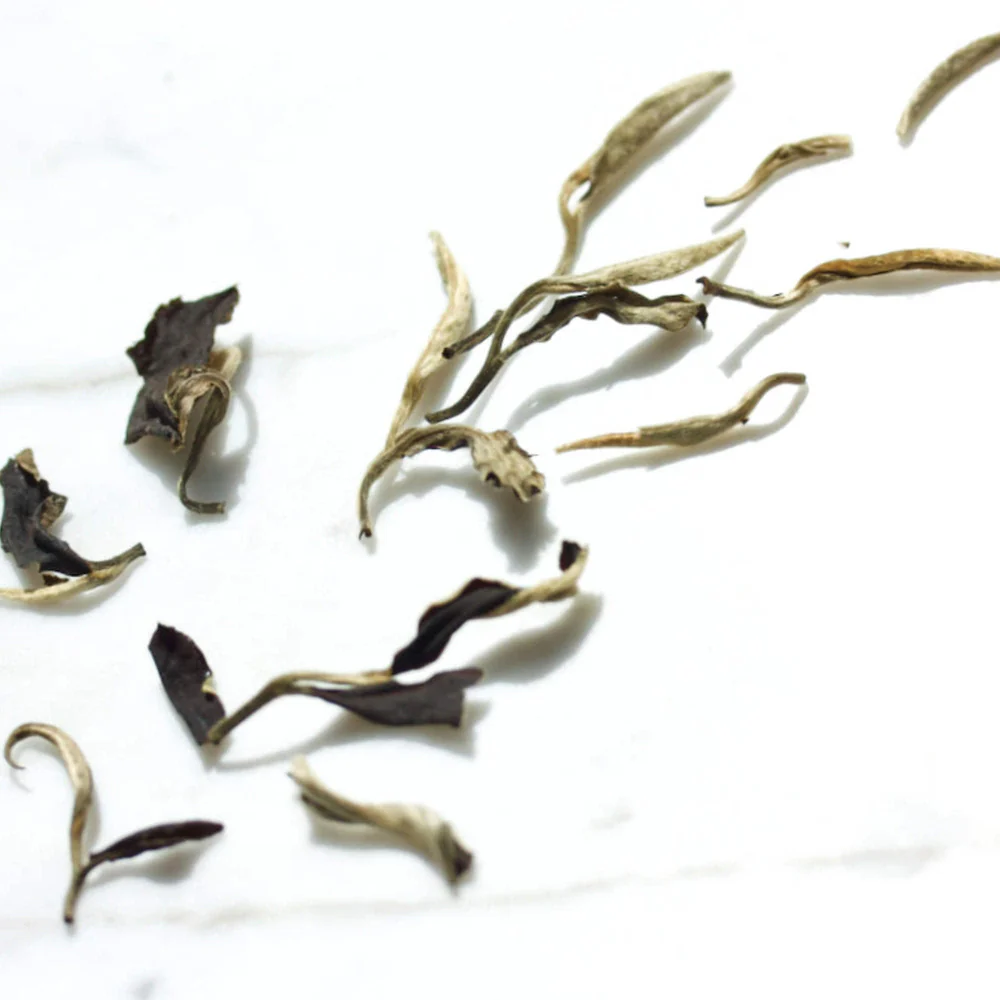

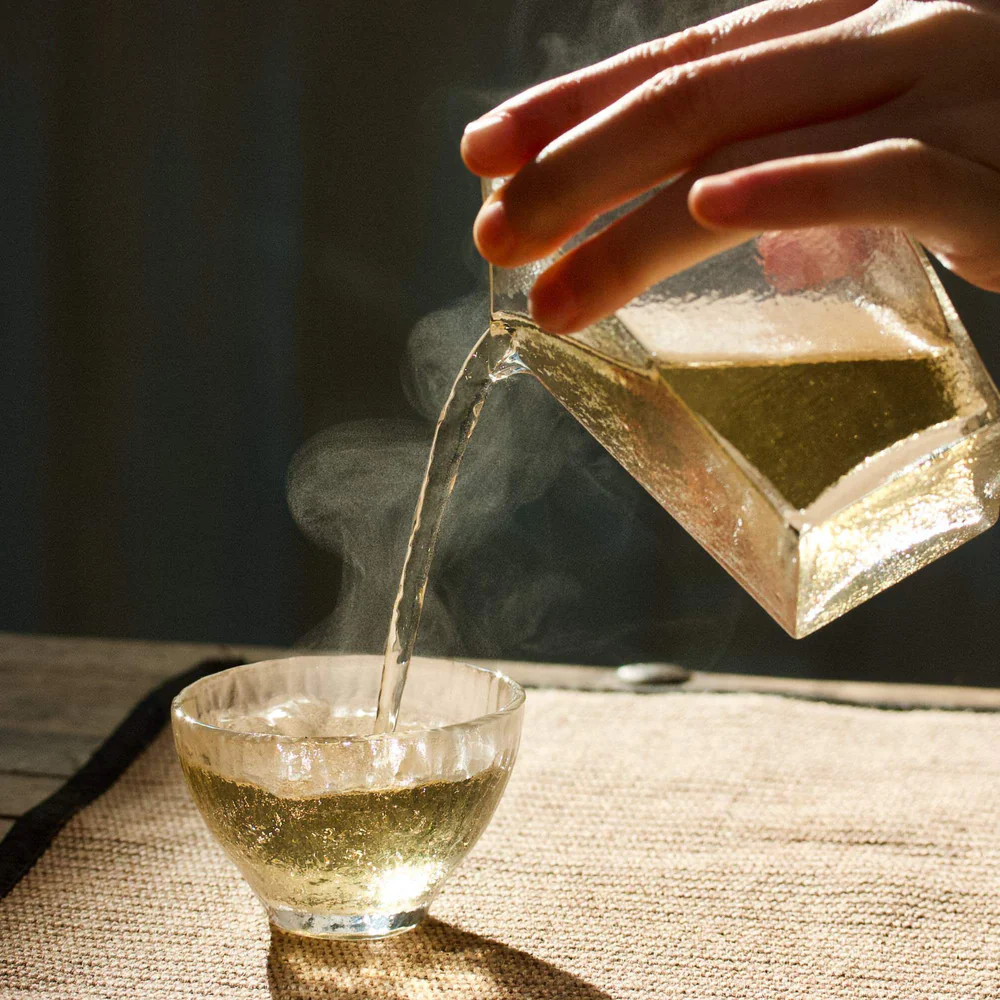




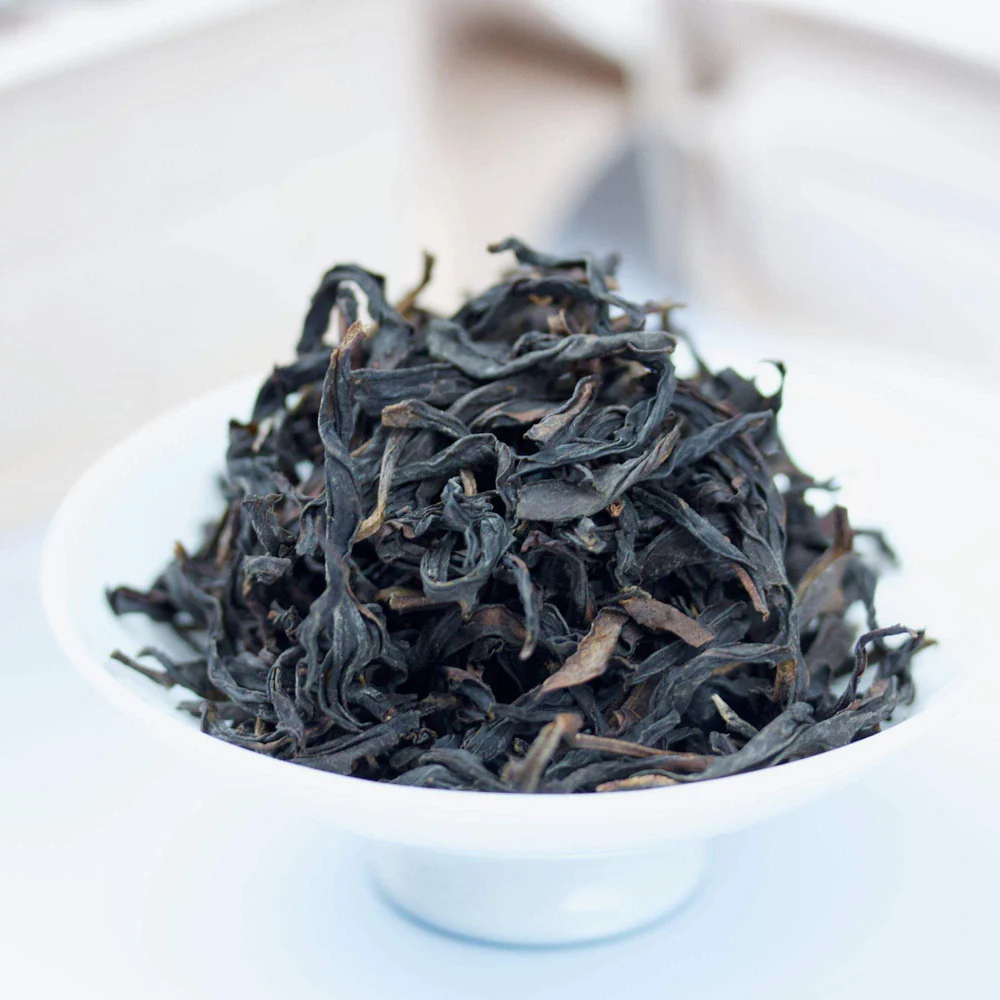
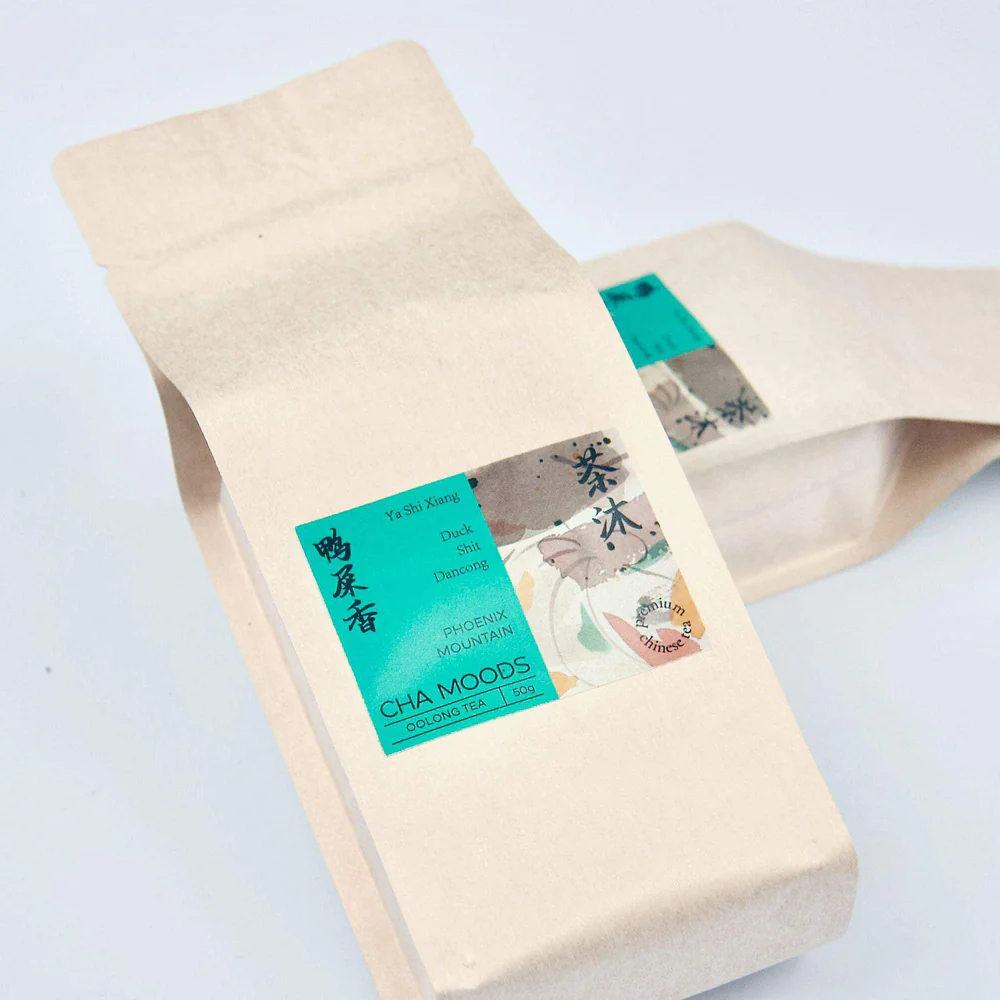
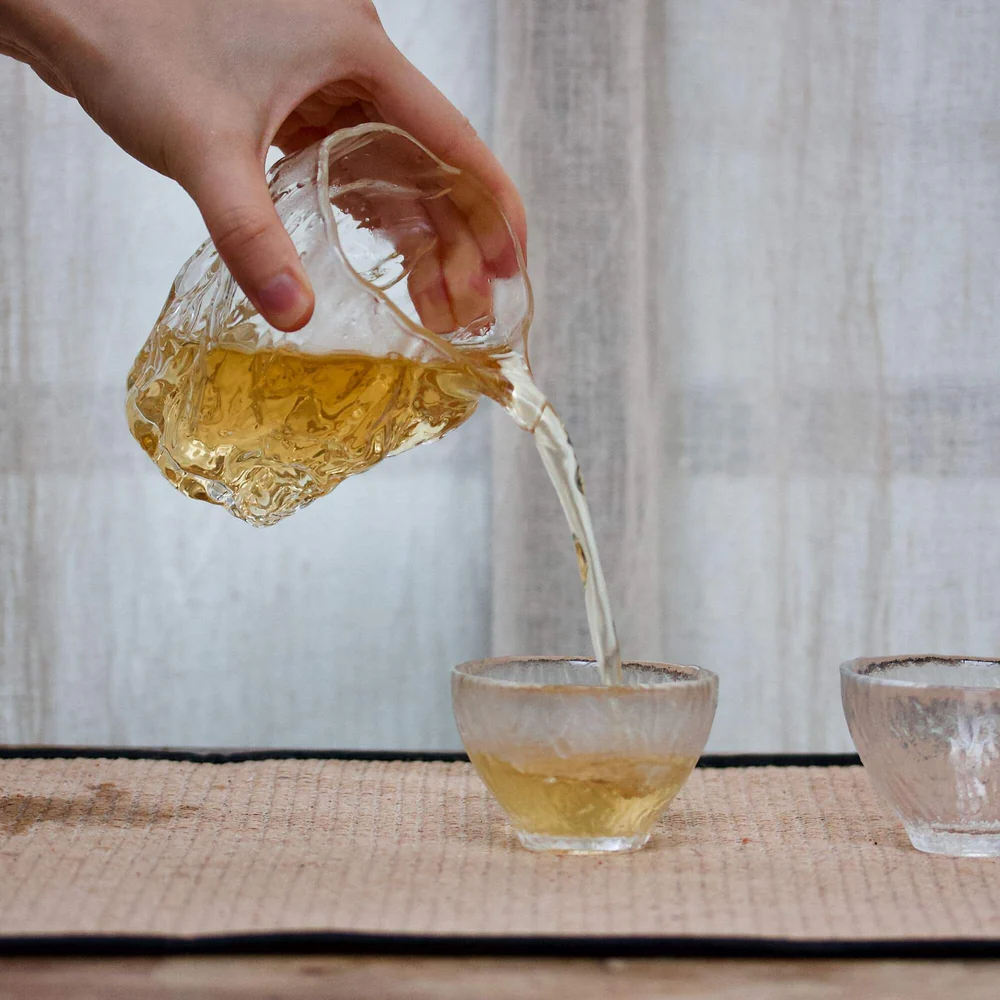






















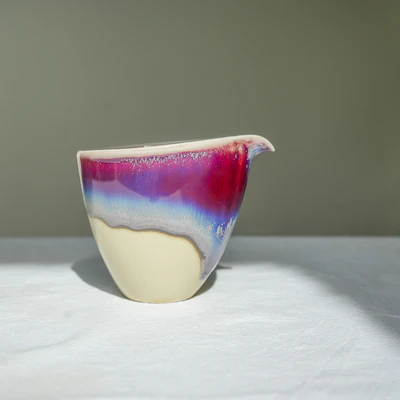
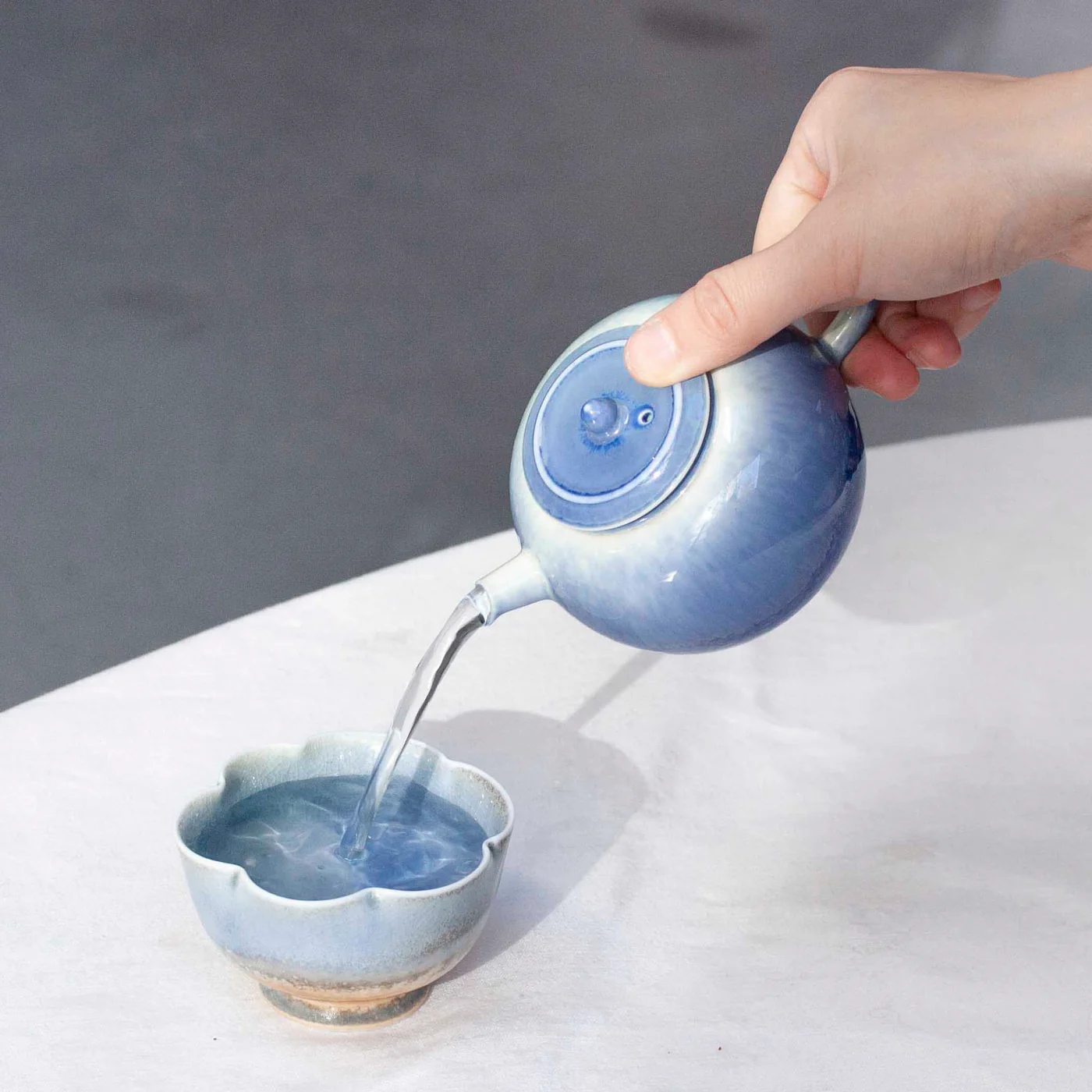
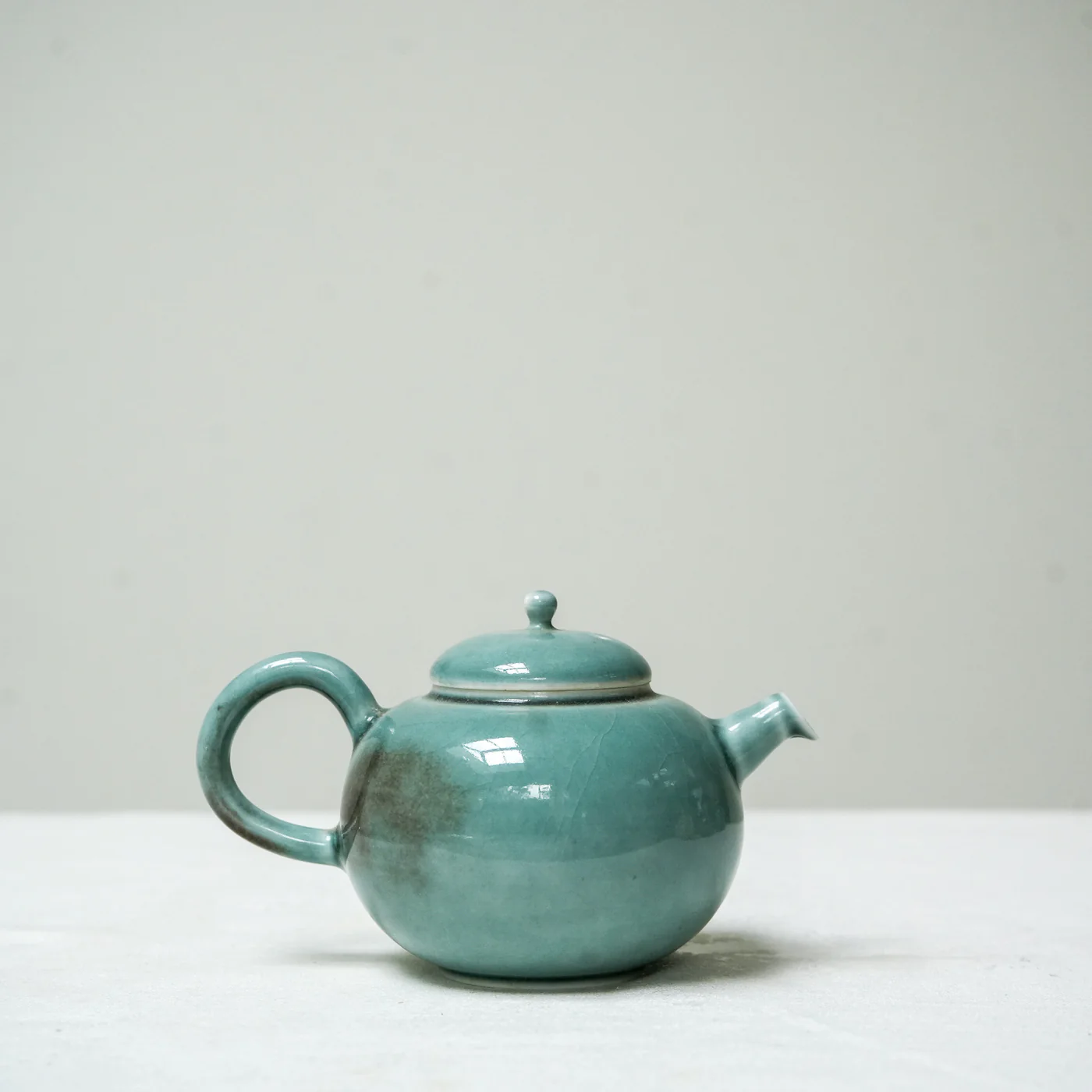






Comments